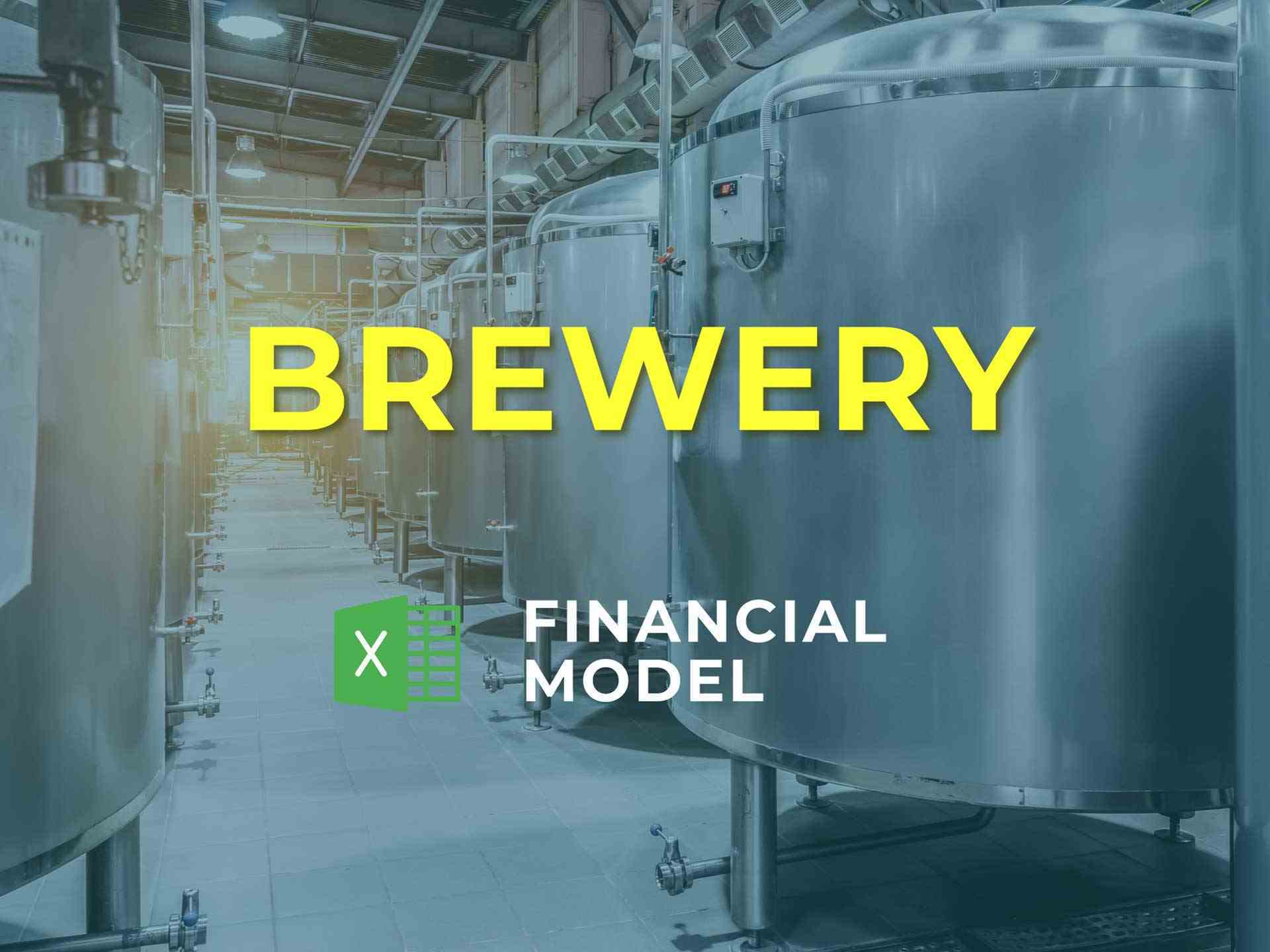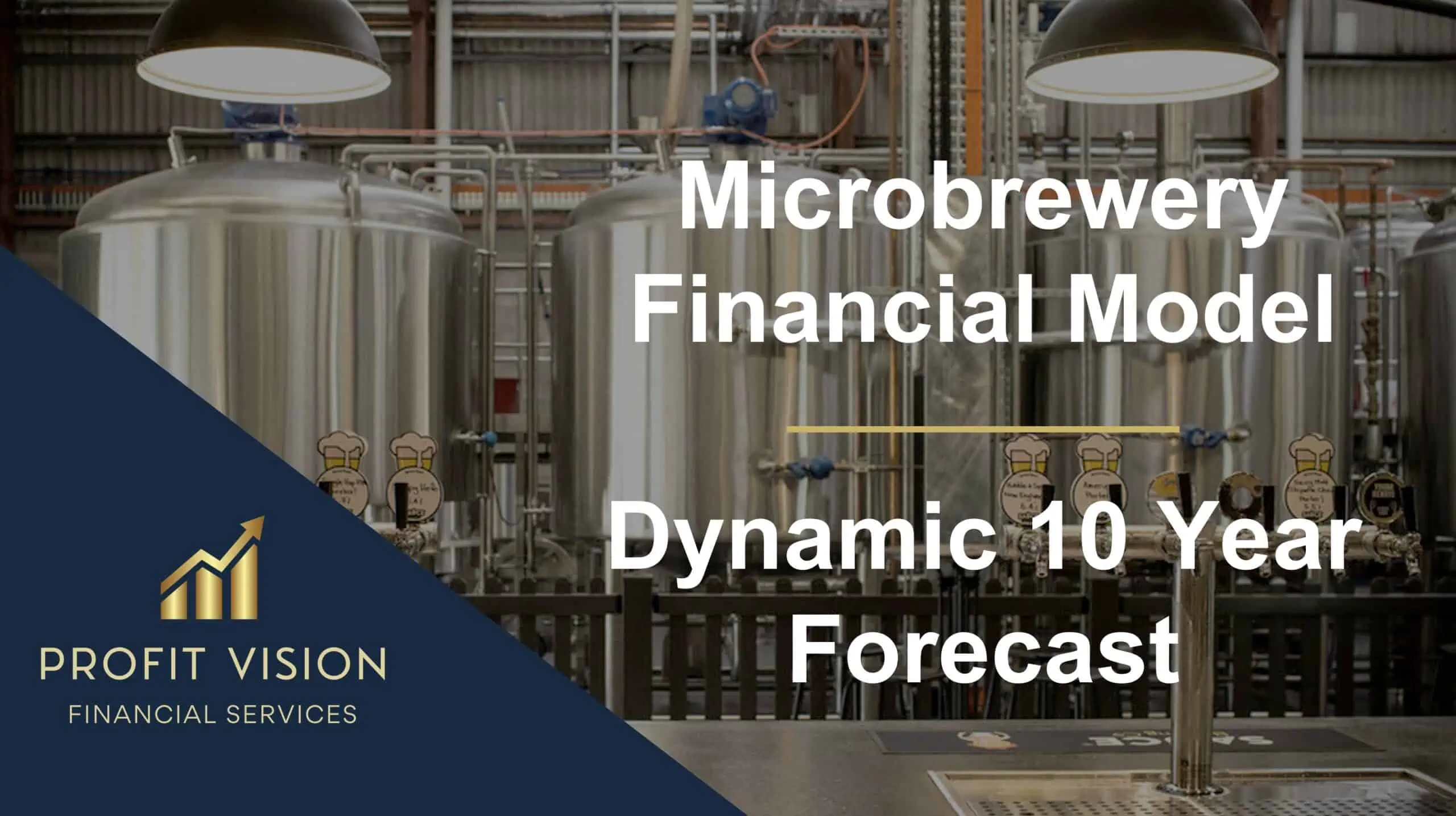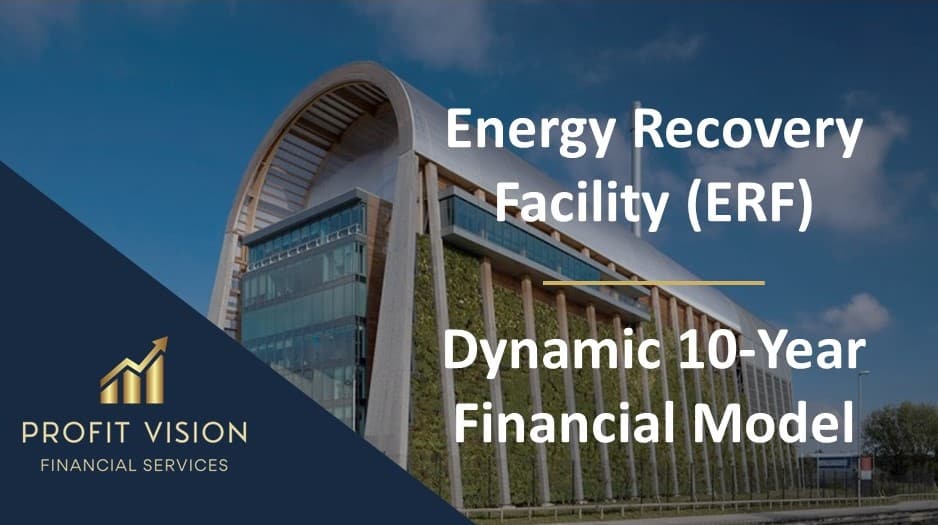Manufacturing Startup/Existing Business Financial Projection 3 Statement Model
3 statement 5 year rolling financial projection Excel model for a startup /existing manufacturing business

PURPOSE OF TOOL
Highly versatile and user-friendly Excel model for the preparation of a 5-year rolling 3 statement (Income Statement, Balance Sheet, and Cash flow Statement) financial projection with a monthly timeline for a startup or existing manufacturing business generating revenue through the production and sale of products.
The model allows the user to model the production and sale of up to 10 products (can be extended). Production costs include direct materials (up to 20 categories), direct labour costs (up to 10 categories), and direct expenses with functionality to model inventories for both direct materials and finished goods.
The model follows good practice financial modeling principles and includes instructions, line item explanations, checks, and input validations and incorporates a discounted cash flow valuation calculation using the projected cash flows.
KEY OUTPUTS
The model is generic and not industry-specific. The key outputs include:
– Projected full financial statements (Income Statement, Balance Sheet, and Cash flow Statement) presented on a monthly basis across up to 5 years and summarised on an annual basis.
– Dashboard with:
o Summarised projected Income Statement and Balance Sheet
o Compounded Annual Growth rate (CAGR) for each summarised income statement and Balance Sheet line item
o List of key ratios including Average revenue growth, Average profit margins, Average return on assets and equity, and Average Debt to Equity ratio.
o Bar charts summarising income statement and Balance Sheet projections
o Gross Profit margin by product in table and bar-chart format
– Discounted cash flow valuation using the projected cash flow output.
KEY INPUTS
Inputs are split into Income Statement and Balance Sheet Inputs. Most inputs include user-friendly line item explanations and input validations to help users understand what the input is for and populate correctly.
Setup Inputs:
– Name of business;
– Currency;
– First projection year and month;
– Naming for products, direct materials, direct labour, direct expenses, other variable costs, admin staff costs, admin costs, and fixed assets;
– Sales tax applicability for products, direct materials, variable costs, other expenses, and fixed assets.
Actuals Inputs:
– Opening balance sheet (for existing businesses);
– Income Statement actuals (for trend analysis);
Projection Inputs:
– Revenue inputs including sales volume, sales prices, average credit terms offered and safety stock percentage for finished products inventory calculation;
– Direct labour inputs include labour hours per product, current number of FTEs, annual cost per FTE, working days per year, and production hours per day.
– Direct material inputs include direct material units per product, cost per unit, safety stock percentage for direct material inventory calculation and average credit terms received;
– Direct expense inputs include amount per year or month and allocation percentages across products;
– Variable cost inputs including the percentage of revenue applicable to and cost percentage of revenue;
– Other costs inputs including admin staff costs, marketing costs, and admin costs;
– Sales and corporate tax inputs including rate and payment periods;
– Dividend inputs including amount (percentage of retained earnings) and frequency;
– Fixed Assets including addition amounts and useful life;
– Borrowings including addition amounts and interest rate;
– Share Capital additions;
– Discount rate inputs (for valuation calculation).
MODEL STRUCTURE
The model comprises of 9 tabs split into input (‘i_’), calculation (‘c_’), output (‘o_’) and system tabs. The tabs to be populated by the user are the input tabs (‘i_Setup’, ‘i_Actuals’, and ‘i_Assumptions’). The calculation tab uses the user-defined inputs to calculate and produce the projected outputs which are presented in ‘o_Fin Stats’, ‘o_Charts’, and ‘o_DCF’.
System tabs include:
– A ‘Front Sheet’ containing a disclaimer, instructions, and contents;
– A checks dashboard containing a summary of checks by tab.
KEY FEATURES
Other key features of this model include the following:
– The model follows good practice financial modeling guidelines and includes instructions, line item explanations, checks, and input validations;
– The model contains a flexible timeline that allows for a mix of Actual and Forecast period across a 5-year period. This allows projections to be easily rolled forward;
– Timeline is split on a monthly basis and summarised on an annual basis;
– The model allows the user to model up to 10 separate products with their own unique combinations of direct materials, direct labour usage, and direct expense allocation;
– The model is not password protected and can be modified as required following download;
– The model is reviewed using specialized model audit software to help ensure formula consistency and reduce the risk of errors;
– The model allows for the following number of underlying categories for each line item (these can be easily expanded if required):
o Products – 10 categories;
o Direct materials – 20 categories;
o Direct labour costs – 10 categories;
o Direct expenses – 10 categories;
o Other variable costs – 5 categories
o Admin Staff costs – 8 categories;
o Marketing costs – 5 categories;
o Admin expenses – 15 categories;
o Fixed assets – 5 categories;
o Borrowings – 3 facilities
– Apart from projecting revenue and costs, the tool includes the possibility to model receivables and payables, fixed assets, borrowings, dividends, and corporate tax;
– Business Name, currency, starting projection period are fully customizable;
– Revenue, Cost and Fixed Asset descriptions are fully customizable;
– The model included an integrated discounted cash flow valuation using the projected cash flow outputs;
– The model includes instructions, line item explanations, checks, and input validations to help ensure input fields are populated accurately;
– The model includes a checks dashboard that summarises all the checks included in the various tabs making it easier to identify any errors.
MODIFICATIONS
If you require any bespoke modifications to the tool, we are more than happy to assist with this. Please contact us on: [email protected] for more information.
ABOUT PROJECTIFY
We are a small team of financial modeling professionals with experience working in big 4 business modeling teams and strong experience supporting businesses with their financial planning and decision support needs. Our aim is to provide robust and easy-to-use tools that follow good practice financial modeling guidelines and assist individuals and businesses with common financial planning and analysis processes.
We are keen to make sure our customers are satisfied with the tools/models they purchase and will be more than happy to assist with any questions or support required following or in advance of purchase.
We are also always keen to receive feedback so please do let us know what you think of our models by sending us a message.
Similar Products
Other customers were also interested in...
Startup Business Plan – Metal Scrap
This is startup Business Plan for metal scrap business, easy to use, clear to read and understand th... Read more
EV Battery Recycling Plant Financial Model (10+ Yr...
The EV Battery Recycling Plant financial model is a comprehensive tool designed to analyze the finan... Read more
Brewery Business Plan Financial Model Excel Templa...
Discover Brewery Pro-forma Template. By running various scenarios of your inputs, you will begin to ... Read more
Distillery Financial Plan Template
This Distillery Financial Plan template prepares a sophisticated financial plan for a small distille... Read more
Recycling Company Financial Model – Dynamic 10 Y...
Recycling is the process of converting waste materials into new materials and objects. The recovery ... Read more
Fruit Processing Facility – 10 Year Financia...
Financial Model providing a dynamic up to 10-year financial forecast for a startup Fruit Processing ... Read more
Microbrewery Financial Model – Dynamic 10 Ye...
Financial Model providing a dynamic up to 10-year financial forecast for a startup or existing Micro... Read more
Waste Management Company – Dynamic 10 Year Finan...
Financial model presenting a business scenario of a Waste Management Company collecting Solid Waste ... Read more
Micro Distillery Business Plan Financial Model Exc...
Purchase Micro Distillery Budget Template. This well-tested, robust, and powerful template is your s... Read more
Energy Recovery Facility (ERF) – Dynamic 10 Year...
Financial model presenting a business scenario of a company owning and/or leasing Energy Recover Fac... Read more
You must log in to submit a review.






















